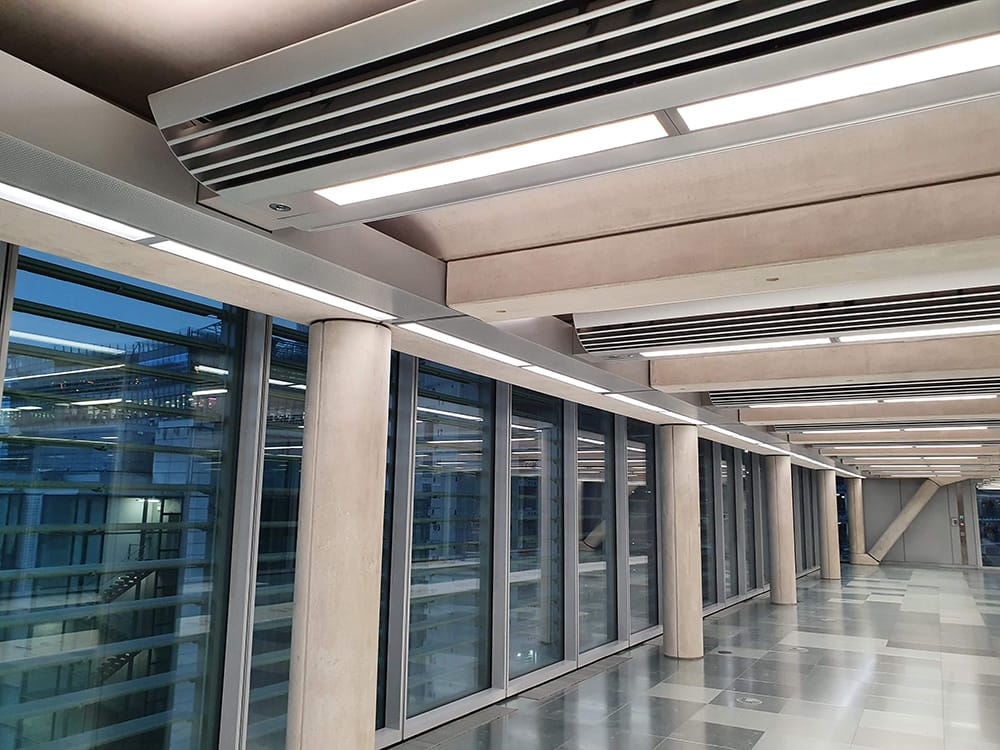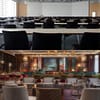Blog
What is the Circular Economy?
The circular economy is an economic system in which resources are kept in use for as long as possible, extracting the maximum value from them before recovering and regenerating them. It is based on the principles of designing out waste and pollution, keeping products and materials in use, and regenerating natural systems. The goal of a circular economy is to reduce the use of natural resources, minimise waste and pollution, and create economic growth and jobs.
A circular economy approach would also consider the entire lifecycle of a building, from design and construction through to operation and end-of-life, with a focus on minimising waste and pollution, and maximising the use of resources. This can include designing buildings that are energy-efficient and use renewable energy sources, as well as incorporating closed-loop systems, such as using waste heat from building systems to heat water or grow food.

How this applies to the construction industry.
In the building trade, a circular economy approach would involve designing buildings, infrastructure and construction materials that can be easily reused, refurbished, or recycled at the end of their useful life. This can include using sustainable and renewable materials, designing buildings that can be easily adapted and retrofitted, and incorporating systems for recovering and reusing waste materials.
A circular economy approach would also consider the entire lifecycle of a building, from design and construction through to operation and end-of-life, with a focus on minimizing waste and pollution, and maximizing the use of resources. This can include designing buildings that are energy-efficient and use renewable energy sources, as well as incorporating closed-loop systems, such as using waste heat from building systems to heat water or grow food.
Additionally, circular economy in building trade also includes a product-as-a-service approach, where the materials and components of a building are leased rather than sold, allowing them to be easily replaced or upgraded when necessary, and ensuring that they are used efficiently throughout their entire lifecycle.
a circular economy approach to the building trade aims to create a more sustainable and resilient built environment by reducing the environmental impact of buildings and ensuring that resources are used in an efficient and sustainable way throughout the entire lifecycle of building products and infrastructure.
How this applies to office design.
In office design, a circular economy approach would involve designing spaces that are adaptable, flexible and modular, and that can be easily reconfigured or repurposed over time, rather than being built for a specific use. This can include designing buildings that are energy-efficient, using sustainable and renewable materials, and incorporating systems for recovering and reusing waste materials.
Additionally, office design can also include the use of furniture, fixtures and equipment that can be easily repaired, refurbished, and recycled at the end of their useful life. This can include using modular furniture systems, which can be easily reconfigured, as well as using materials that are easily recyclable.
A circular economy approach to office design would also encourage the use of shared resources, such as shared workspaces, meeting rooms, and common areas, which can help to reduce the overall environmental impact of the office and make more efficient use of resources.
How the circular economy applies to Lighting.
In the context of lighting, a circular economy approach would involve designing lighting products and systems that are energy-efficient and durable, that can be easily repaired or refurbished, and that use materials that can be easily recycled or repurposed at the end of their useful life. Replacing older lighting systems such as fluorescent tubes with LED technology, which is energy-efficient and has a long lifespan, as well as designing lighting systems that can be easily upgraded or retrofitted to improve energy efficiency over time. This is why Synergy Creative has created Revitalite as a dedicated retrofitting lighting service.

Additionally, the circular economy approach would also consider using closed-loop systems, where the waste materials from one process are used as inputs for another, such as using waste heat from lighting systems to heat buildings or recycling the materials from end-of-life lighting products to create new products.
In summary, a circular economy approach to lighting aims to reduce the environmental impact of lighting and ensure that resources are used in an efficient and sustainable way throughout the entire lifecycle of lighting products.
For more information about our new retrofitting lighting service please visit revitalite.co.uk



